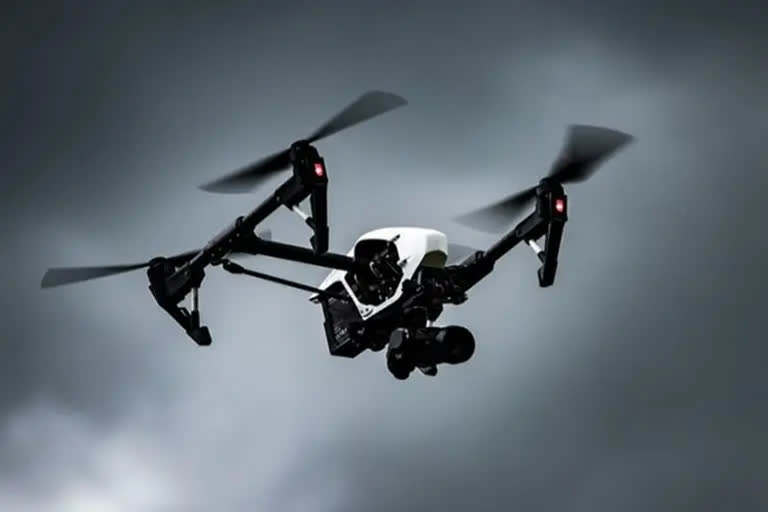Dinjan (Assam)/Tezu (Arunachal Pradesh):With an operational range of 300 km, Unmanned Aerial Vehicles (UAVs) a.k.a Remotely Piloted Vehicles (RPVs) a.k.a “eye in the sky”, are mounting a game-changing security matrix in the way India’s border with China is managed and guarded besides significantly helping the fight against insurgency that has historically plagued several states in the region.
From movement of personnel and insurgents to interception of radio transmissions from across the border, a continuous and seamless vigil is on. With China still continuing to covet Arunachal Pradesh and claiming it to be a part of “Southern Tibet” making it an unsettled border and hence a possible flashpoint for a future conflict with China, an enhanced ISR (Intelligence, Surveillance, and Reconnaissance) is a key strategic option that is being exercised by the Indian Army’s Aviation Corps.
And a key element of this heightened ISR is the induction of increasingly high-tech UAVs—of both foreign and Indian origin—including the reliable and popular ‘Herons’. Besides the Indo-China border, the UAVs have been instrumental in supplementing the counter-insurgency effort in the many states of the Northeast region.
“We are actively involved in supporting counter-insurgency operations by locating and sharing information relating to insurgent hideouts, layout of their camps, number of insurgents including their movement, providing live feed during operations etc..,” a senior Army official mandated to operate UAVs said on condition of anonymity.
Also read:DRDO's autonomous plane's maiden flight "successful"
These state-of-the-art UAVs, largely operated from bases in Upper Assam and from the foothills of Arunachal Pradesh, can keep an eye on the entire swath of the border and also “peek” into substantial depth areas of China. “At any given point of time, our unmanned aerial platforms are flying 24/7 keeping an eye on the border with China. And with more advanced platforms joining in, the way we guard our borders is getting more efficient by the day,” the official said.
“Even radar transmissions which are electromagnetic waves do not go undetected”. “We can easily track movement along the borders and detect any unusual activity. This information is shared live with higher headquarters to enable the Indian armed forces to timely react to any building situations along the border,” the official said while refraining from doling out numbers or the type of UAVs deployed.
The UAV deployment and its wide-ranging implications has complemented the ISR operations and missions undertaken by men of the Army’s Aviation Corps. The UAVs are both supplementing and complementing the ISR effort till now maintained by a fleet of military helicopters including the Cheetah, Dhruv, and the Rudra. Asked if the increased deployment of high-tech platforms like UAVs for ISR activity is diminishing the role for manned platforms like helicopters, the official pointed at the indispensability of the human factor.
“No doubt the role of manned platforms for ISR has diminished, by the human factor is still indispensable and will therefore be forever relevant. On the contrary, the employability of manned platforms has only increased from supporting civil administration to evacuation and rescue missions,” the official said.
